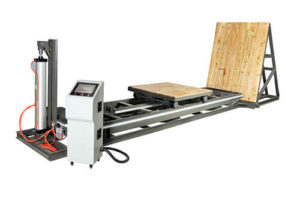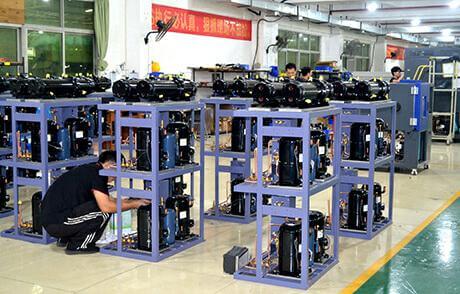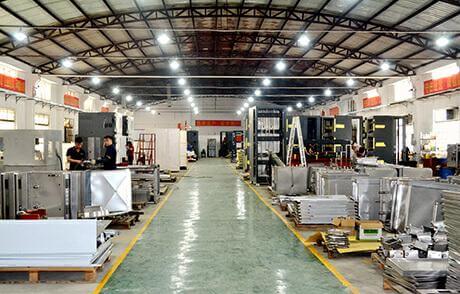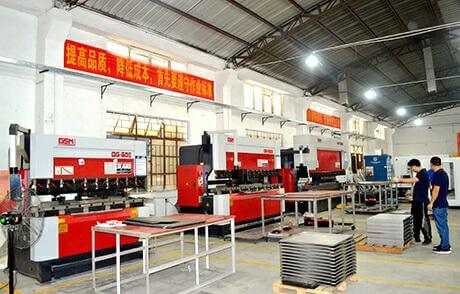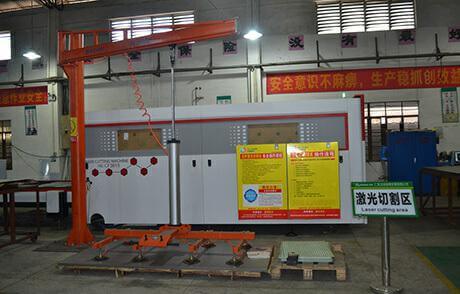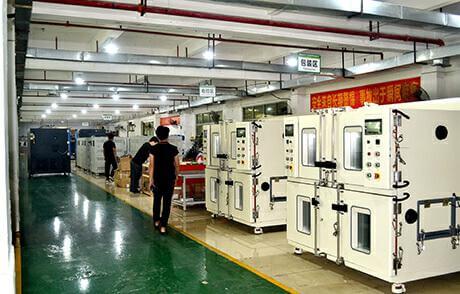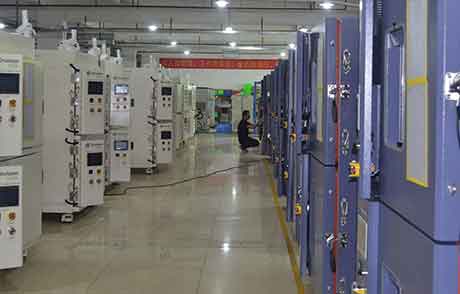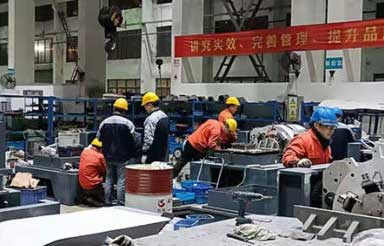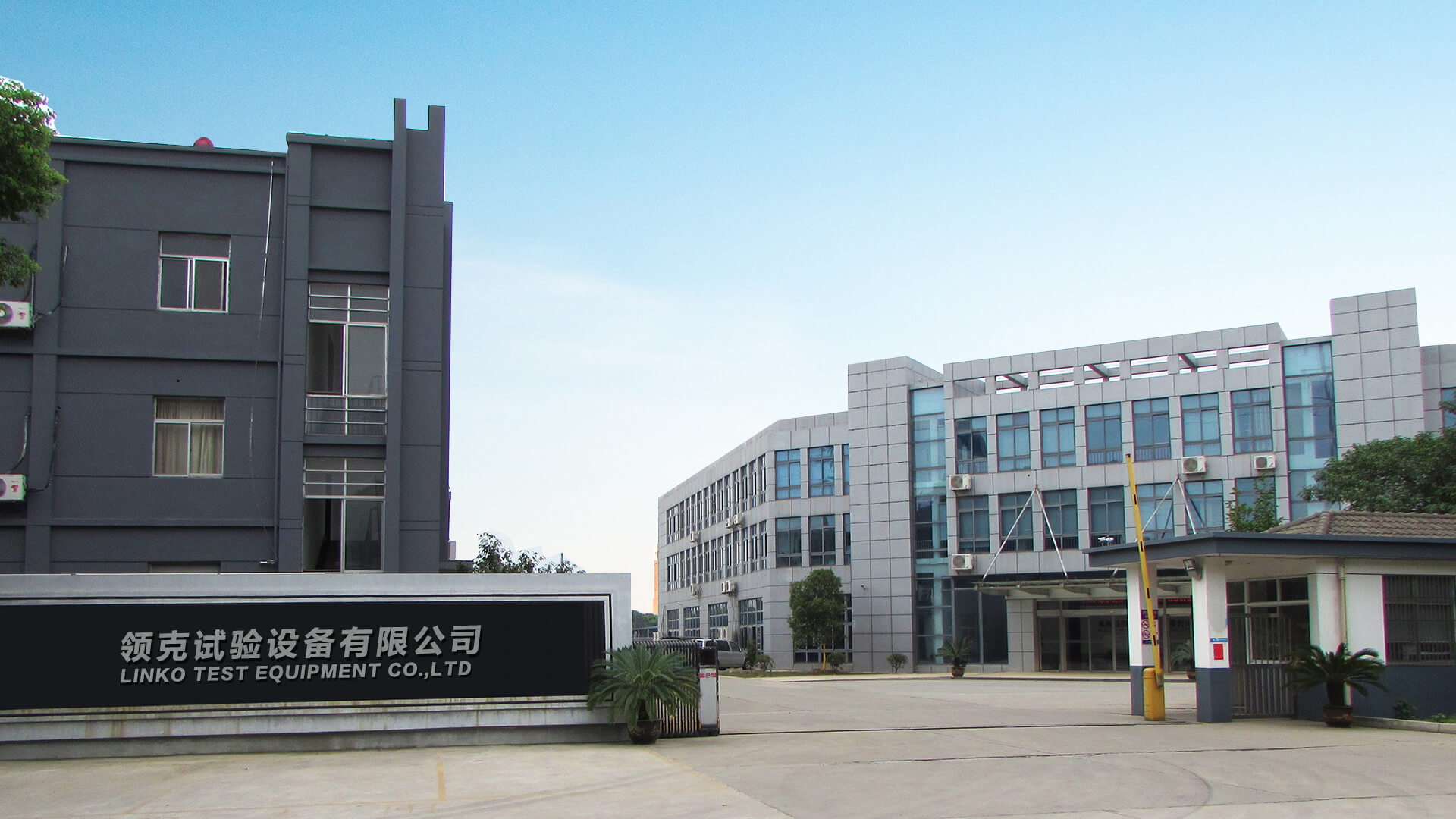Linkotest Incline Impact Tester
Linkotest incline impact tester is renowned for its exceptional performance in evaluating the impact resistance of various products. Equipped with advanced technology and precise measurement capabilities, this testing equipment delivers accurate and reliable results. Its robust construction ensures durability and allows for repetitive testing without compromising accuracy or consistency.
The Linkotest Incline Impact Tester offers user-friendly features that simplify operations and improve efficiency. Its intuitive interface and controls allow for easy setup and quick testing procedures. The equipment is designed with safety features to protect both operators and the tested products. With comprehensive documentation and training support, users can quickly become proficient in utilizing this efficient testing solution.
The Linkotest Incline Impact Tester caters to a wide range of industries and applications. Whether testing the impact resistance of packaging materials, electronic devices, or automotive components, this versatile equipment can handle various test setups and configurations. With customizable options and adjustable parameters, it enables users to tailor the testing process to their specific needs and requirements.
Incline Impact Tester Specification
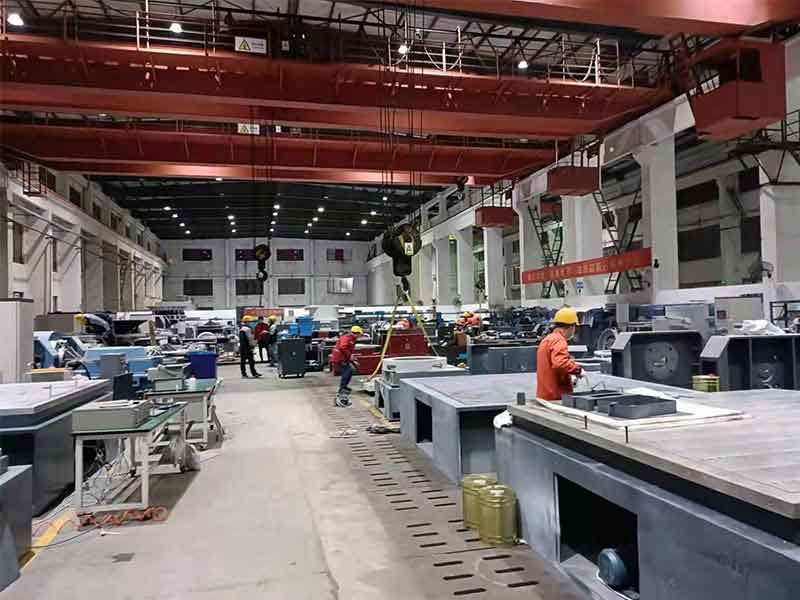
Incline Impact Tester Features
Linkotest provides several sizes of incline impact testers for testing palletized loads and single products up to 600kg.
Linkotest Incline Impact Tester After-Sales Service
Warranty
We offer a comprehensive warranty on all our products. This warranty ensures that any manufacturing defects or malfunctions will be promptly addressed and resolved free of charge within the specified warranty period.
Technical Support
Our dedicated technical team is available to assist customers with any product-related issues. Whether it’s troubleshooting, installations, or general inquiries, our team is ready to provide prompt and efficient solutions.
Repair and Replacement
In the event that a product requires repair, we offer convenient repair services through authorized service centers. Our skilled technicians will diagnose and fix any issues, ensuring that the product performs optimally.
Spare Parts Availability
We maintain an inventory of commonly required spare parts to facilitate quick repairs. This helps minimize downtime, ensuring that our customers can continue using our products without significant interruptions.
Customer Feedback and Complaint Handling
We value our customers’ feedback and take complaints seriously. Our customer service team is committed to resolving any customer concerns promptly, ensuring their satisfaction with our products and services.
Product Upgrades and Enhancements
We continuously strive to improve the quality and features of our products. When applicable, we offer product upgrades or enhancements to provide our customers with the latest technology and improved functionality.
Training and Manuals
We provide comprehensive product training to our customers, ensuring that they fully understand the features and operation of our products. Additionally, we offer detailed instruction manuals and documentation to assist customers in using our products effectively.
Extended Support Contracts
For customers who require additional support beyond the standard warranty period, we offer extended support contracts. These contracts provide continued access to technical support, repairs, and other services, offering peace of mind and additional value.
Steps To Custom Incline Impact Tester
Selection
Choose the types of incline impact tester based on the necessary function, and then the right model based on the test specifications.
Quotation
Prepare a comprehensive quotation based on the customer’s requirements, including the cost, delivery details, and any additional services or customization requested.
Contract Execution
Engage in negotiation with the customer to finalize the terms of the order, including pricing, payment terms, and delivery schedule. Once all details are agreed upon, obtain the customer’s confirmation to proceed with the order.
Ensure that the equipment is manufactured to the highest quality standards. Conduct rigorous quality control checks and inspections at every stage of the production process to guarantee the system’s reliability and accuracy.
Coordinate with the customer to arrange the shipment. Provide regular updates on the shipping status, including tracking information, to keep the customer informed about the progress of their order.
Offer installation services and provide on-site training to the customer’s staff upon delivery. Ensure that the customer understands how to operate and maintain the system properly.
Incline Impact Tester FAQ Guide
All your questions about the incline impact tester are answered in today’s guide. Whether you want to learn about definitions, how they work, or features, you’ll find everything here. Read on to learn more.
The incline impact tester is referred to as an inclination impact testing machine. It stimulates the ability of product packaging to resist impact damage in real environments such as product handling, shelf stacking, motor sliding, and locomotive loading and unloading by moving rack-stacking motors and sliding locomotives.
Generally, the incline impact tester can also be used as general test equipment for the inclined impact of packaging material manufacturers and foreign trade transportation departments. When you determine the performance of areas that are critical to optimizing package performance. What we can tell you is that the tilt impact test is often one of the most useful tests.
There are several sizes available for testing product loads and individual products up to 600kg. During the installation process, all you need to do is fix the machine to the ground. In fact, this test is simple to operate and does not require other complex operations or installations. We recommend that your pad keep the pad in place and can be adjusted at a height of 5 steps.
Linkotest designs and manufactures shock test system including mechanical shock test machines, bump test machines, incline impact testers,s and other products to meet your different impact testing needs.
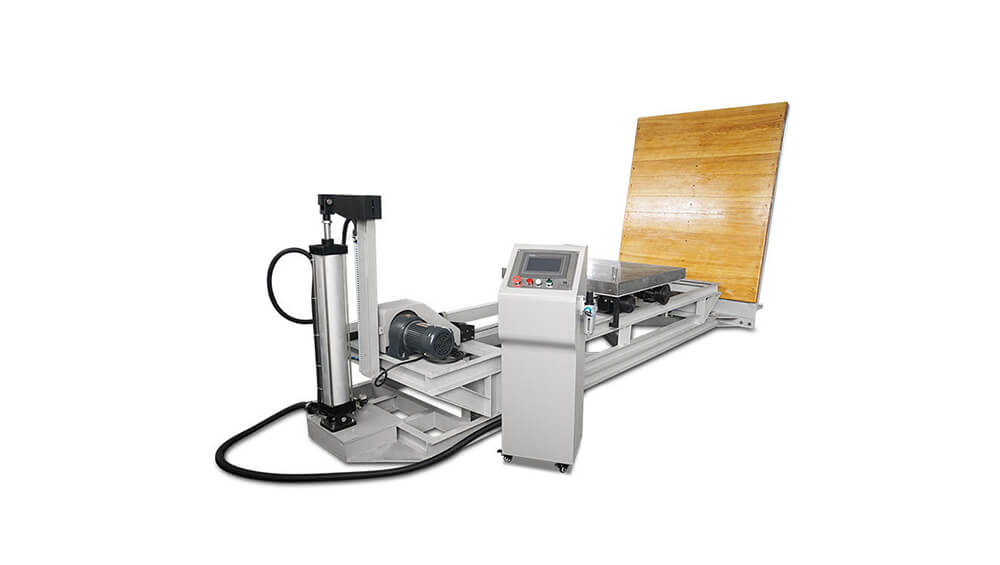
Incline impact tester reproduces test results at various packing parameters. For example, it is compared under different design conditions such as various buffer materials, filling materials, and different paperboards.
To determine the ability of your product to be protected by its packaging under controlled conditions, while simulating the impact of the product during handling and transportation. In addition, the validity of conformance is tested in real-world Settings, such as during storage and transportation, and the theoretical design process is validated.
Ultimately, the packaging is created to provide the highest level of protection for your products. What’s more. The incline impact test allows us to provide packaging designers with the right size, material, and product layout. In addition, there are transport packaging design ideas that improve the functionality of the design. Ultimately allowing you to significantly cut packaging costs.
In order to achieve the predetermined test purpose, your product packaging sample slides toward the end of the predetermined position. In this way, a certain impact velocity is obtained, and the collision occurs in the velocity direction perpendicular to the impact plate. In this case, this is called a tilt impact test. It converts an object’s potential energy into kinetic energy.
- Impact panel: used as a test specimen impact-resistant panel.
- Aligning the electric carriage for the desired speed change value. This will make it easier to set the position.
- Driving cylinder: for the angle adjustment experiment’s experimental needs.
- Control system: Semi-automatic Control
In addition, you must understand the use of the incline impact tester and check whether it meets your expectations. Here we will introduce you to the basic steps of how to use the incline impact tester machine.
1) Before Operation
Before conducting incline impact testing, we recommend that you thoroughly check the current condition of the machine. Whether it is a new machine or a machine that has been used for a long time. Because as a machine, it may have some situations you don’t expect or overlooked problems.
2) During and after the test
- During the test, you can record the temperature and relative humidity of the test site.
- You need to make sure that the sample is placed in the center of the axle of the cart or plate and that the impact surface or edge is stabilized through the separator.
- The angle between the impact surface and the baffle should not be greater than 2° when the sample is carried out.
- When the sample is carried out on the impact side, the Angle between the impact side and the baffle shall not be 2°. If the sample you are testing is a parallel tube, the Angle between one surface on both sides of the prism and the surface of the separator is a predetermined Angle, and the Angle error is not less than ±5°. Or within ±10% of the predetermined Angle (whichever is greater).
- You can choose the appropriate pulse program device according to the desired shock acceleration value, shock wave shape, and duration. Then you press the predetermined impact speed. Please note that the impact velocity error should not be greater than ±5% of the predetermined horizontal impact velocity.
- After the test, you need to check the packaging for damage and the internal condition of the product according to the relevant standards. And the results are analyzed.
3) Requirement
While using an incline impact tester, you need to adjust the machine in accordance with the product that is going to be tested. Both the fixed impact table of the machine and the movable surface of the machine should meet certain requirements. Here are some of the most specific aspects you need to pay attention to.
a) Impact table
- The impact table should be flat and of sufficient size to meet the requirements for specimen placement and back-check load relief devices.
- The inclined table should have a partition, and the partition should be perpendicular to the table. And it has a certain strength and stiffness and maintains rigidity on the test bench and the partition.
- The surface of the separator in contact with the test sample should be formed, and its size should be larger than the size of the inclined impact portion of the test sample.
- The trolley should be equipped with steel wheels with a diameter of not less than 75mm, and the steel wheels should be kept clean and rolled well.
- The trolley should be equipped with an automatic release device and used in conjunction with the traction mechanism so that the trolley can be released wherever it is inclined.
- Take appropriate measures (such as certain friction between the sample and the table), so that the sample and the trolley do not move relative to each other during the static impact movement. However, during impact, the sample should be able to move freely relative to the trolley.
b) Fixed impact surface
- The fixed impact surface should be located at the lowest end of the track, and its impact surface should be 90°±1°.
- The fixed impact surface should be flat and have sufficient hardness. Any square centimeter of the surface can withstand a load of 1568N (160KGF), and the deformation should not be 0.25mm.
- The fixed impact surface of the structure should have sufficient strength, and there should be no obvious displacement during impact.
- The fixed impact surface of the structure should be equipped with a braking device to prevent a secondary impact on the vehicle.
4) Precaution
There are many factors or data you want before doing an incline impact testing. So before testing it is recommended that you make your own testing report list which may include the following factors:
- The number of samples;
- Details of the dimensions, structure, and material specifications of the packaging container;
- Explain the use of simulants for the internal name, specification, model, quantity, performance, etc.;
- The internal mass of the test sample, in kilograms;
- Pre-treatment temperature, relative humidity, and time;
- Test site temperature and relative humidity;
- Test equipment and model condition;
- The condition of the sample when it reaches the predetermined state;
- Test samples, test sequence, and number of tests;
- Impact velocity, impact acceleration, shock wave shape, pulse duration, and friction between the load device and the workbench;
- Record the test results and submit an analysis report;
- Explain the difference between the test method and the standard;
Typically, An incline impact tester can be used for more than 8 to 10 years. It depends on how you take care of it and how often you use it. In addition, the environment it is in and the forces it normally withstands or performs affect its duration. Therefore, you must take proper care of it to increase its service life.
With this in mind, the maintenance of the incline impact testing machine follows regular maintenance, compulsory maintenance, and the correct handling of the relationship between use, maintenance, and repair. You can not use it for a long time without checking. Here are the basic maintenance steps for your reference:
- Maintenance personnel and maintenance departments should study regularly, protect frequently, constantly summarize maintenance experience, and improve maintenance quality;
- The maintenance of the incline impact testing machine adheres to the principle of “cleaning, lubricating, adjusting, tightening, and anti-corrosion” as the main content of the maintenance method, implements the routine maintenance and regular maintenance system and strictly follows the cycle and inspection and maintenance items specified in the manual.
- The daily maintenance of the inclined impact testing machine is to check the key parts, the condition of the wearing parts, the coolant, the lubricating oil, the fuel quantity, the instrument manual, etc. during the cleaning and inspection process before and after the mechanical operation. Routine maintenance is completed by the operator, and the “Mechanical Routine Maintenance Record Form” should be filled out carefully.
1) A-level maintenance and Second-level maintenance
- A-level maintenance: general cleaning, tightening, and lubricating operations, as well as partial adjustment operations, maintain the complete technical condition of the machinery. The asset management personnel of the user unit shall issue the “Mechanical Equipment Maintenance and Lubrication Notice” to the operation team according to the maintenance plan, and the operation shall be supervised by the operator himself and the team leader.
- Second-level maintenance: All the contents including a-level maintenance are centered on inspection and adjustment, and whether the assemblies, mechanisms, and components of the machine are in good performance. The “Mechanical Equipment Maintenance and Lubrication Instructions” issued by the asset management personnel of the user unit are issued to the operation team. The operator is mainly responsible for it. If the operator himself is difficult to complete, the maintenance department, the asset management personnel of the user unit, and the operator of the operation team can be entrusted. Inspection and supervision.
2) Seasonal maintenance and Transfer
- Seasonal maintenance: The main method is to change the lubricating oil and fuel oil. And take anti-freezing measures, and increase anti-freezing facilities. Use departmental organization, operation supervision and inspection, and supervision.
- Maintenance during the running-in period: After the new machine and overhaul are completed, the machine must be carried out after the maintenance period. The main contents are cleaning, tightening, adjustment, and replacement of lubricating oil, which are inspected by the user department and the asset management department and supervised by the asset management department.
- Transfer and maintenance of the incline impact tester: Before the machine is transferred to the site, maintenance should be carried out. The work content can be maintained according to the technical condition of the machine, and anti-corrosion can be carried out if necessary. Handover maintenance is organized by the mechanical dismantling unit, project department, asset manager inspection, and asset management department.
- Parking maintenance: The parking and sealing machinery of the incline impact tester should be maintained, mainly cleaning, anti-corrosion, moisture-proof, etc. The inventory machinery is entrusted to the asset management department, and the remaining machinery is maintained by the user department.
Finally, whether the incline impact testing machine can operate normally for a long time depends on your usual maintenance of the equipment. The normal operation of the equipment can ensure the correctness of your test data and the quality of your products.


